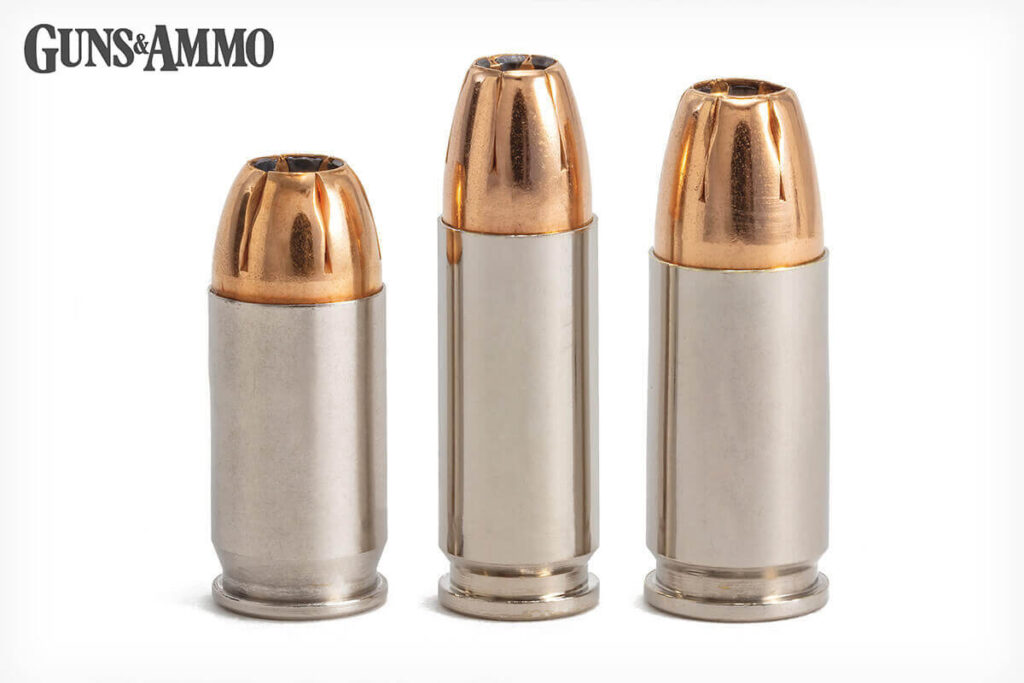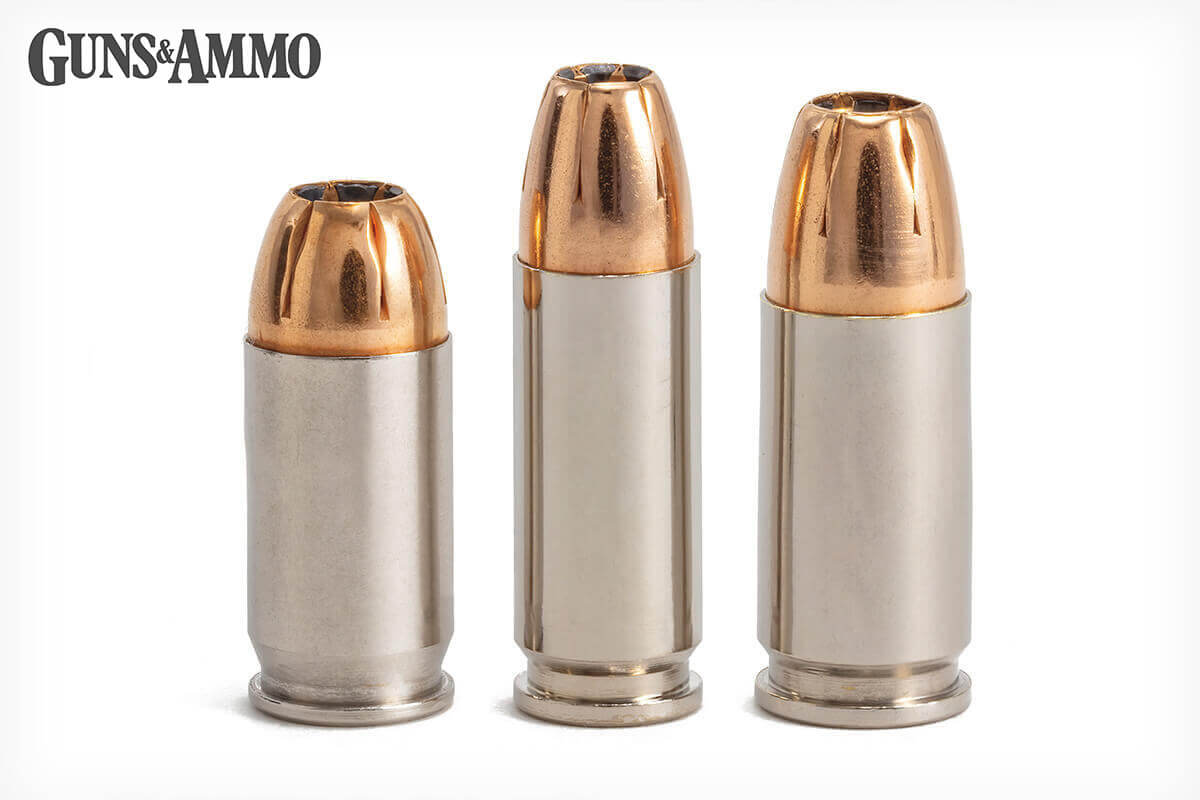
Will the .30 Super Carry Cartridge Become Obsolete by 2025?
The .30 Super Carry cartridge has stirred considerable debate since its introduction. Designed to offer improved ballistics in a compact platform, it has found both proponents and critics. The question of whether the .30 Super Carry will become obsolete by 2025 is complex, involving market trends, technological advancements, and consumer adoption. This article delves into the factors that will determine the fate of this relatively new cartridge.
Understanding the .30 Super Carry
Introduced by Federal Premium Ammunition, the .30 Super Carry aims to bridge the gap between the 9mm and .40 S&W cartridges. It boasts a smaller diameter bullet with a higher velocity, promising improved penetration and energy transfer. The cartridge is designed to fit in 9mm-sized handguns, allowing for increased magazine capacity compared to larger rounds. This makes it an appealing option for concealed carry and law enforcement applications.
Key Features of the .30 Super Carry
- Higher Velocity: Offers a flatter trajectory and potentially improved terminal ballistics.
- Compact Size: Allows for increased magazine capacity in standard 9mm handguns.
- Improved Penetration: Designed to meet or exceed FBI penetration standards.
Despite these advantages, the .30 Super Carry faces significant challenges in gaining widespread acceptance.
Factors Influencing the .30 Super Carry’s Longevity
Several factors will play a crucial role in determining whether the .30 Super Carry will thrive or fade into obscurity. These include market adoption, ammunition availability, competition from established cartridges, and potential technological advancements.
Market Adoption and Consumer Demand
One of the most significant hurdles for any new cartridge is gaining market traction. Consumer demand drives production and availability. If shooters and law enforcement agencies do not widely adopt the .30 Super Carry, ammunition manufacturers will be less inclined to produce it, leading to a self-fulfilling prophecy of obsolescence.
Currently, the .30 Super Carry has a niche following, but it hasn’t achieved mainstream popularity. Many shooters are hesitant to switch from well-established cartridges like the 9mm or .45 ACP, which have a proven track record and are readily available. The perception of increased recoil compared to 9mm, despite its smaller size, also deters some potential users.
Ammunition Availability and Cost
The availability and cost of ammunition are critical factors. If .30 Super Carry ammunition remains relatively scarce and expensive compared to other common cartridges, it will be a significant deterrent for many shooters. During periods of high demand, such as the ammunition shortages experienced in recent years, less popular cartridges tend to become even harder to find and more expensive, further hindering their adoption.
Manufacturers need to ensure a consistent supply of .30 Super Carry ammunition at competitive prices to encourage widespread use. Without this, the cartridge risks becoming a niche product used only by a small subset of shooters.
Competition from Established Cartridges
The .30 Super Carry faces stiff competition from well-established cartridges like the 9mm, .40 S&W, and .45 ACP. These cartridges have been around for decades, with a vast ecosystem of firearms, ammunition, and accessories built around them. The 9mm, in particular, has seen a resurgence in popularity due to its balance of manageable recoil, adequate stopping power, and high magazine capacity.
To compete effectively, the .30 Super Carry needs to offer a compelling advantage over these established cartridges. While it promises improved ballistics in a compact package, many shooters question whether the difference is significant enough to justify switching from their current firearms and ammunition.
Technological Advancements
Technological advancements in ammunition and firearm design could also impact the future of the .30 Super Carry. New bullet designs, powder formulations, or firearm technologies could potentially negate the advantages offered by the .30 Super Carry. For example, advancements in 9mm ammunition could improve its performance to the point where it rivals the .30 Super Carry in terms of penetration and energy transfer.
The development of new handgun designs that optimize the performance of existing cartridges could also reduce the appeal of the .30 Super Carry. If manufacturers focus on improving the ergonomics and concealability of 9mm handguns, the advantage of the .30 Super Carry in terms of magazine capacity may become less significant.
Potential Scenarios for the .30 Super Carry
Several scenarios could play out regarding the future of the .30 Super Carry. These range from widespread adoption to complete obsolescence, with various possibilities in between.
Scenario 1: Widespread Adoption
In this scenario, the .30 Super Carry gains significant traction among law enforcement agencies and civilian shooters. Ammunition manufacturers ramp up production, leading to increased availability and lower prices. Firearm manufacturers introduce new models chambered in .30 Super Carry, further expanding its appeal.
This scenario would require a concerted effort from Federal Premium Ammunition and other industry players to promote the advantages of the .30 Super Carry and address any concerns regarding recoil or ammunition availability. Positive reviews from respected firearms experts and endorsements from law enforcement agencies could also help drive adoption.
Scenario 2: Niche Cartridge
In this scenario, the .30 Super Carry finds a niche following among a dedicated group of shooters who appreciate its unique characteristics. Ammunition remains available, but production is limited, and prices remain relatively high. Firearm manufacturers continue to offer a few models chambered in .30 Super Carry, but it does not become a mainstream option.
This is perhaps the most likely scenario for the .30 Super Carry. It offers some advantages over existing cartridges, but it doesn’t offer enough of a compelling reason for most shooters to switch. It finds a place among enthusiasts who appreciate its unique ballistics and compact size, but it doesn’t achieve widespread popularity.
Scenario 3: Gradual Decline
In this scenario, the .30 Super Carry gradually loses popularity as shooters stick with established cartridges or adopt newer alternatives. Ammunition production declines, leading to increased scarcity and higher prices. Firearm manufacturers discontinue models chambered in .30 Super Carry, further reducing its appeal.
This scenario could occur if the .30 Super Carry fails to gain significant market traction and faces increasing competition from other cartridges. If ammunition manufacturers focus on producing more popular cartridges, the availability of .30 Super Carry ammunition could dwindle, leading to its eventual obsolescence.
Scenario 4: Complete Obsolescence
In this scenario, the .30 Super Carry completely disappears from the market. Ammunition production ceases, and firearms chambered in .30 Super Carry become collector’s items. Shooters abandon the cartridge in favor of more readily available and affordable options.
While this scenario is unlikely in the short term, it is possible if the .30 Super Carry fails to gain any significant market traction and faces overwhelming competition from other cartridges. A lack of support from ammunition and firearm manufacturers could also contribute to its demise.
Will the .30 Super Carry Become Obsolete by 2025?
Considering the current market trends and the challenges facing the .30 Super Carry, it is unlikely to become completely obsolete by 2025. However, it is also unlikely to achieve widespread adoption and replace established cartridges like the 9mm. The most probable scenario is that the .30 Super Carry will find a niche following among a dedicated group of shooters who appreciate its unique characteristics.
The future of the .30 Super Carry will depend on several factors, including market adoption, ammunition availability, competition from established cartridges, and potential technological advancements. If Federal Premium Ammunition and other industry players can successfully address these challenges, the .30 Super Carry may have a long and successful future. However, if it fails to gain significant market traction, it risks becoming a footnote in the history of ammunition development. Ultimately, only time will tell whether the .30 Super Carry will thrive or fade away. The .30 Super Carry’s success hinges on continued innovation and strategic marketing.
The .30 Super Carry cartridge, while innovative, faces an uphill battle against established players. Its fate by 2025 remains uncertain, but current trends suggest a niche rather than mainstream adoption. [See also: Handgun Cartridge Comparison Guide] The .30 Super Carry’s impact on the shooting world will depend on its ability to overcome these challenges and carve out a lasting place in the market.
Conclusion
The question of whether the .30 Super Carry will become obsolete by 2025 is a complex one with no easy answer. While it offers some advantages over existing cartridges, it faces significant challenges in gaining widespread acceptance. The future of the .30 Super Carry will depend on a variety of factors, including market adoption, ammunition availability, competition from established cartridges, and potential technological advancements. While complete obsolescence by 2025 is unlikely, it is also unlikely to become a mainstream cartridge. The most probable scenario is that the .30 Super Carry will find a niche following among a dedicated group of shooters who appreciate its unique characteristics. Whether the .30 Super Carry can defy these odds remains to be seen.

